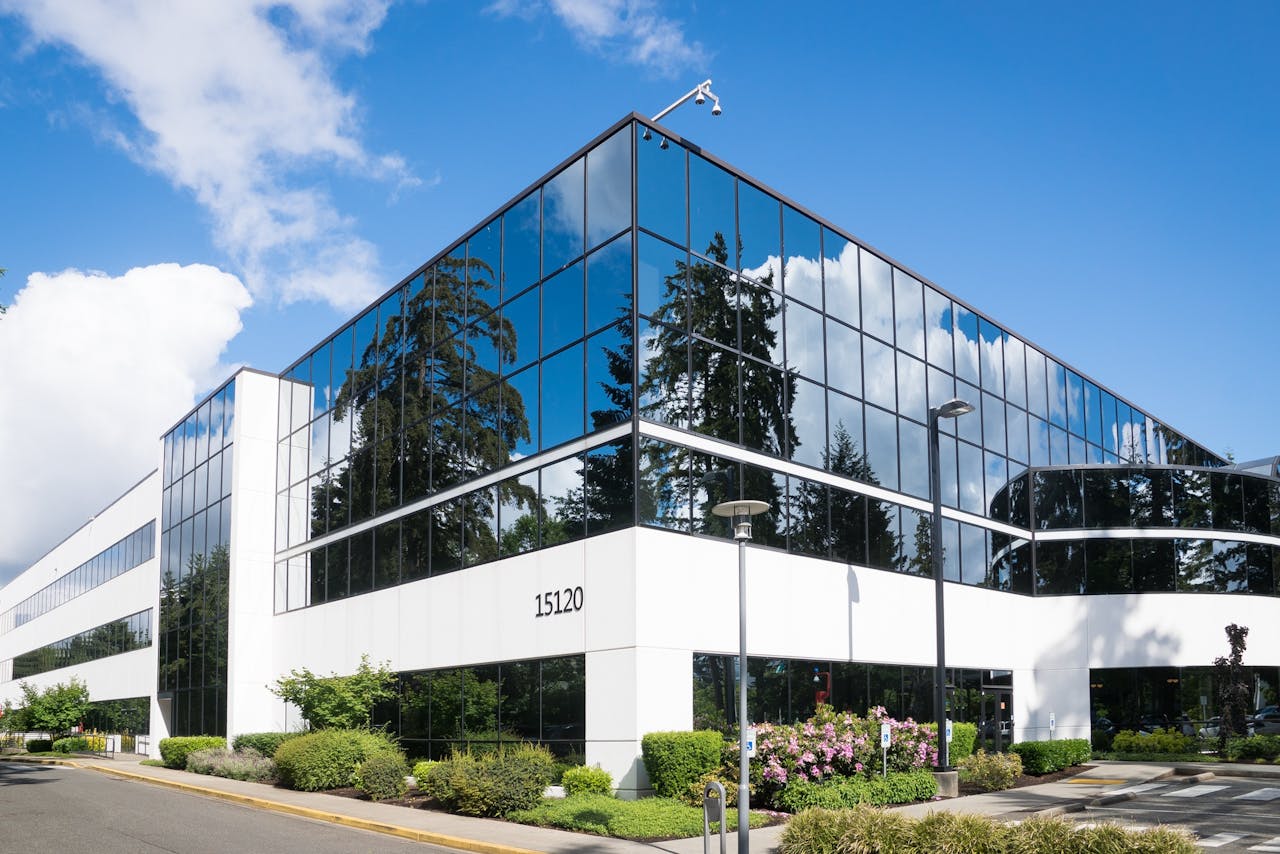Private Aviation Trends: Why Jet Fractional Ownership Is Booming
For many years, private aviation was a status symbol, representative of luxury, convenience, and exclusivity. Traditionally reserved for the ultra-wealthy or large corporations, private jets offered the ultimate travel experience. The ability to bypass crowded airports, enjoy a personalized service, and maintain greater control over your schedule can be hugely advantageous when running a business.
The good news is that thanks to the stellar growth of jet fractional ownership in recent times, this new model is reshaping private aviation, and making private travel more widely available.
It’s easy to see why this innovative concept is growing so rapidly in popularity. Offering users the opportunity to own a “fraction” of a jet, opens up access to all the benefits of private flying without the restrictive cost of full ownership.
Let’s explore the key reasons behind this trend.
A Cost Effective and Flexible Way to Travel in Style and With Greater Efficiency
Jet fractional ownership works by offering you the ability to purchase a fractional share in a private jet. The percentage you purchase usually translates into a set number of flying hours per year.
As a fractional owner, you pay a fraction of the cost of full ownership, covering maintenance, crew salaries, insurance, and operational fees based on your share.
This efficient model offers significant savings compared to the expenses associated with sole ownership of a jet, which can include millions of dollars in upfront costs, maintenance, and storage fees.
In contrast, fractional ownership provides excellent flexibility. It can give you access to a jet whenever needed, without the limitations of chartering a flight or the financial burden of maintaining a jet full-time. This flexibility is especially appealing if you need reliable transportation but don’t fly frequently enough to justify the costs of full ownership.
A Great Way to Gain Access to Newer and Well-Maintained Jets
Fractional jet programs are often operated by well-established private aviation companies who are accustomed to managing fleets of modern, state-of-the-art aircraft.
These companies often rotate usage, ensuring that every owner enjoys a seamless experience aboard a meticulously maintained modern jet. Unlike owning an entire plane, where depreciation and upkeep can quickly add up, fractional ownership provides access to the newest models without the hassle and added financial burden of maintenance.
You Can Expect Predictable Availability and Consistent Service
One of the primary advantages of jet fractional ownership over charter services is predictability. When you charter a flight, availability can be inconsistent, especially during peak seasons.
Fractional ownership guarantees access to the fleet, often allowing you to book flights with shorter lead times. Depending on the ownership level and scheme, you might need to provide as little as 6 to 12 hours’ notice for booking a flight. This offers unparalleled convenience for spontaneous or last-minute travel.
Consistency in service is another reason fractional ownership is booming. By working with a single provider, you get to build a relationship with the service crew. That means your personal preferences, from meals to cabin settings, are easily accommodated.
A More Sustainable Approach to Private Jet Travel
Private aviation is often criticized for its environmental impact. However, jet fractional ownership offers a more sustainable approach to private flying. Since multiple owners share the same aircraft, the model maximizes aircraft utilization and reduces the carbon footprint, when compared to individually owned jets.
Many fractional ownership companies are also embracing greener technologies, such as carbon offset programs and more fuel-efficient aircraft, to cater to environmentally conscious travelers.
When you consider all the benefits, the recent surge in jet fractional ownership is no surprise in today’s aviation landscape. As the demand for private travel grows, the fractional ownership model is likely to remain a significant trend by catering to the needs of travelers who seek the luxury of private jets without the hassle of full ownership.
If you thought private jet travel was out of your reach, think again. See how fractional jet ownership makes that desire a distinct possibility.





